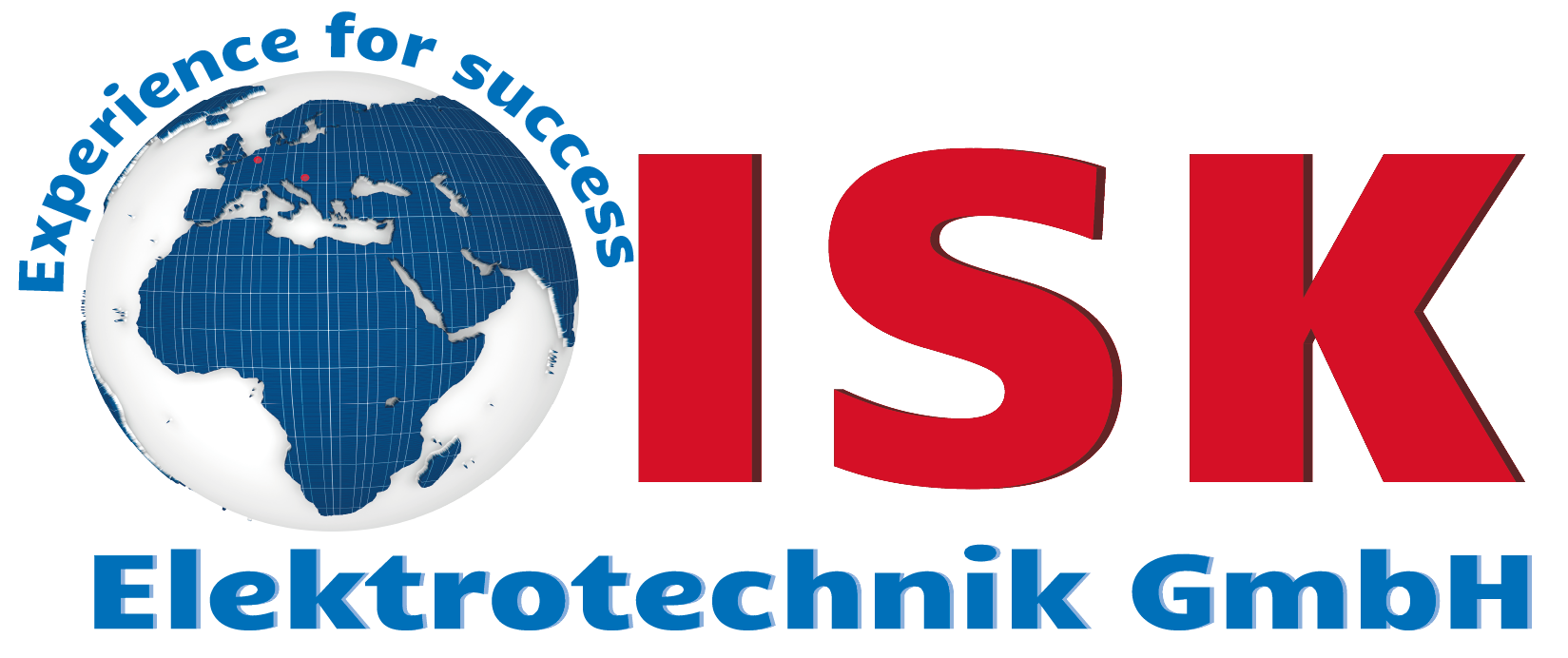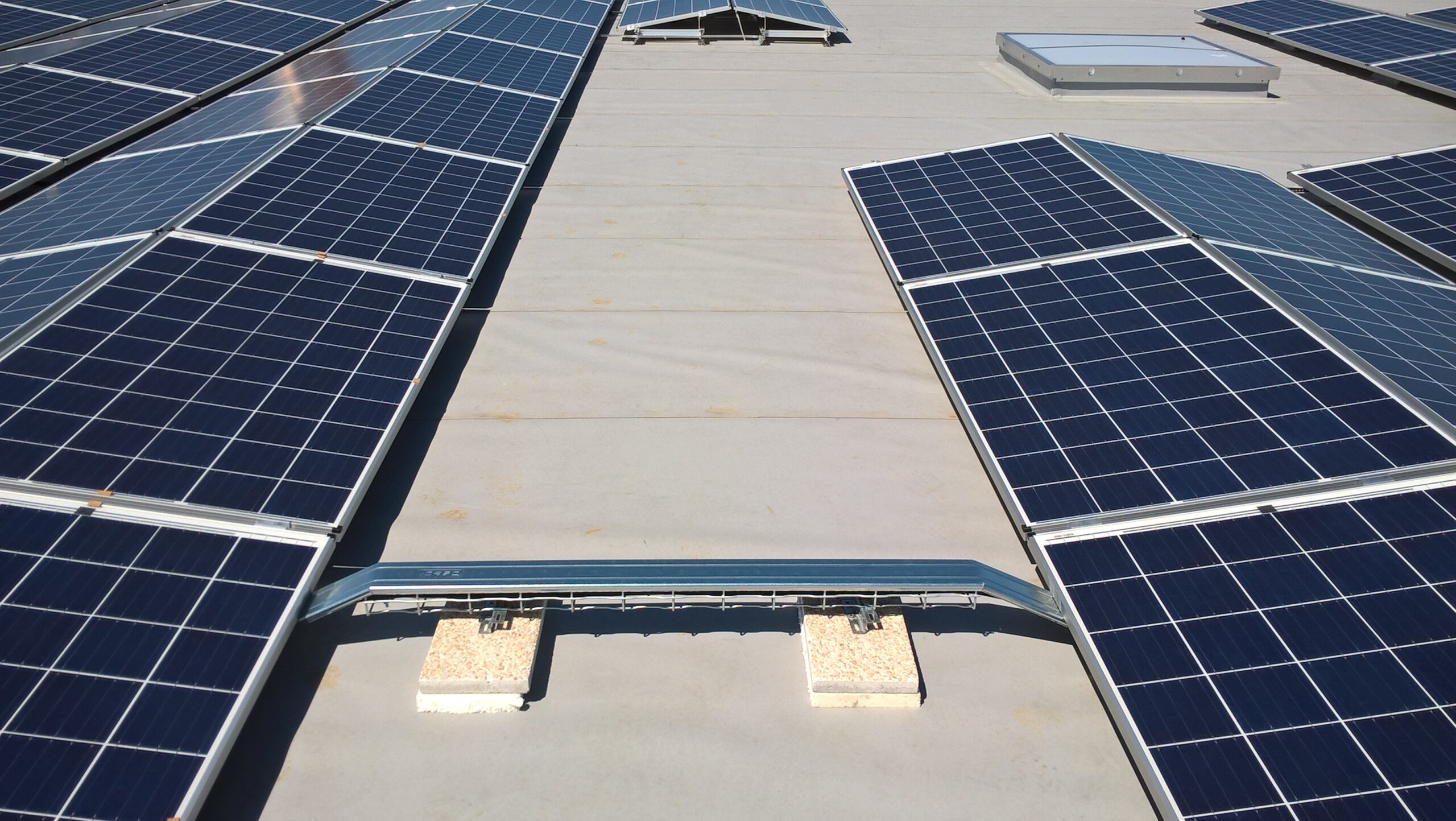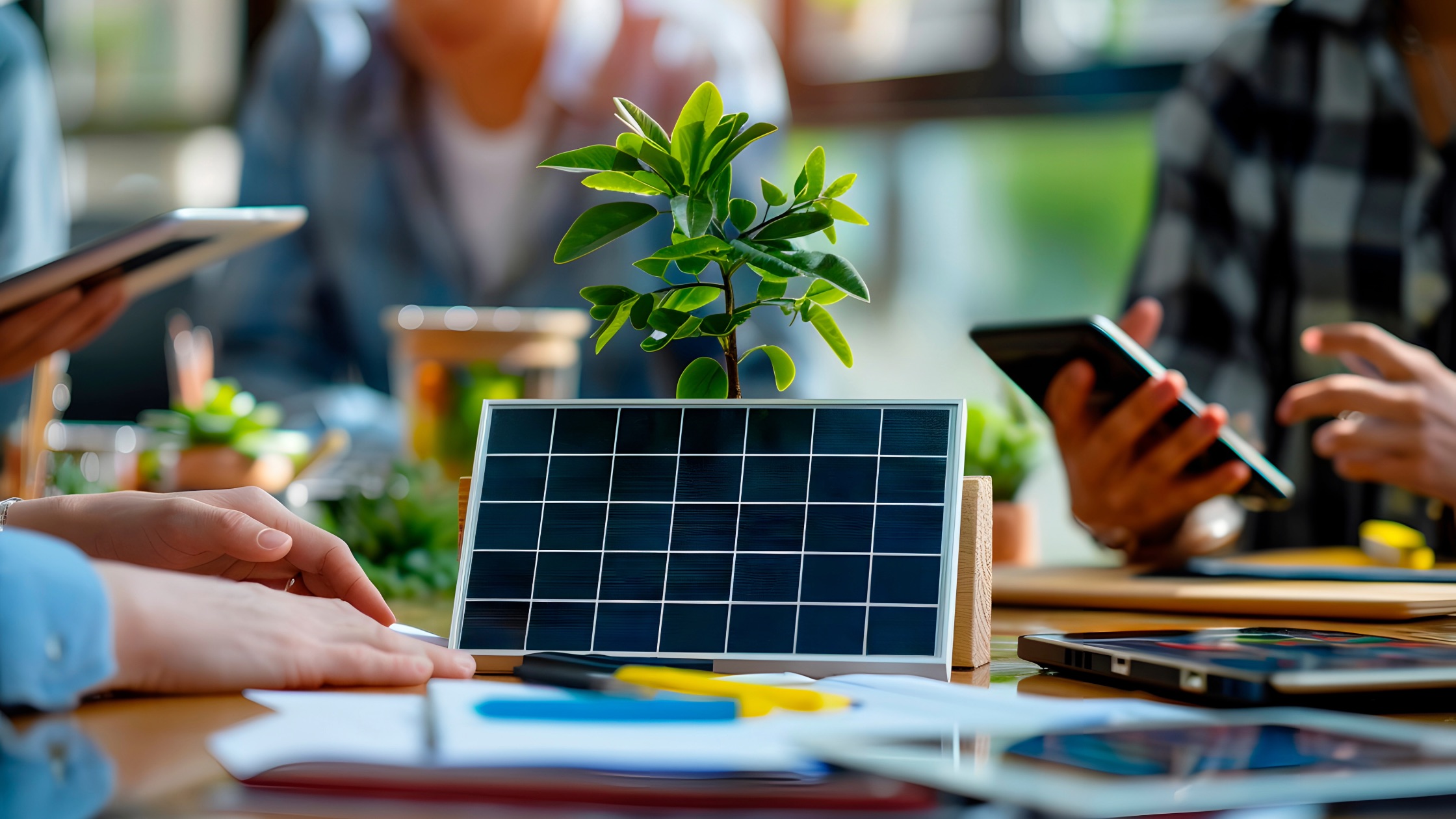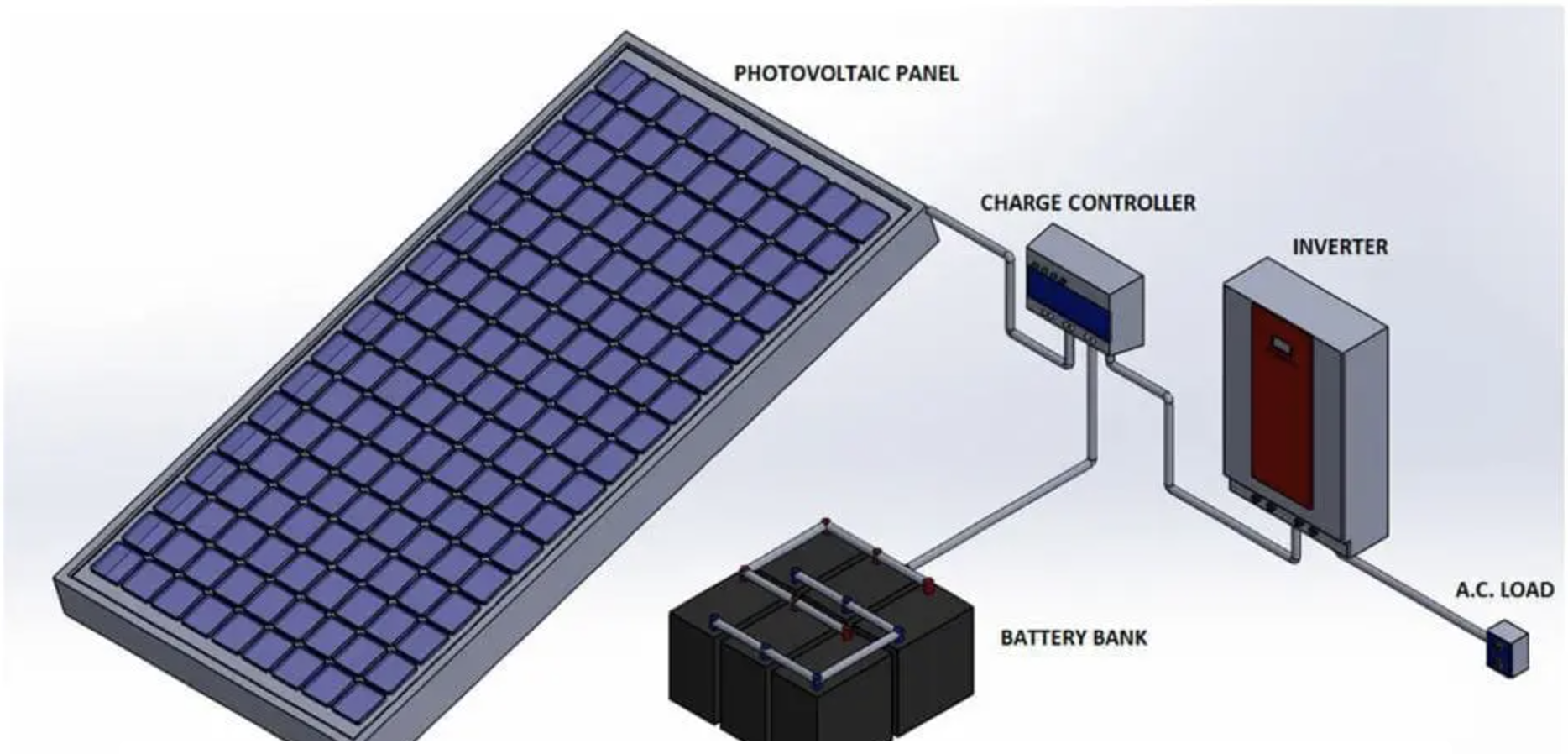The energy transition is gaining momentum, and solar energy is playing a central role. In this blog post, we will shed light on the current trends and developments in the field of solar energy in Europe, with a particular focus on Germany, Scandinavia, and the Balkans. We will analyze the contribution of solar power plants to electricity generation and venture an outlook for the future until 2030.
Trend Analysis
Europe: The European solar market is booming. The cumulative installed capacity of solar power plants surpassed the 200-gigawatt mark in 2023, led by Germany (approx. 59 GW) and Italy (approx. 23 GW).
Germany: The energy transition in Germany is strongly influenced by solar energy. The expansion of photovoltaic (PV) systems is breaking records year after year. In 2023, over 25 GW of new PV capacity was installed.
Scandinavia: The Scandinavian countries are characterized by high solar potential and progressive energy policies. Norway, Sweden, and Denmark are experiencing strong growth in the solar sector.
Balkans: The Balkan region is catching up in the field of solar energy. Countries like Croatia, Serbia, and Bulgaria are seeing double-digit growth rates in photovoltaic use.
Statistics & Contribution to Electricity Generation
The share of solar power in total electricity generation in Europe varies greatly. In Germany, it is around 15% in 2023, while in Greece and Italy it is already over 20%. The expansion of solar energy is making a significant contribution to the decarbonization of the power sector and the reduction of CO2 emissions.
Forecast & Trends by 2030nds bis 2030
The future of solar energy in Europe is bright. By 2030, a doubling of installed capacity to over 600 GW is expected.
Decentralized Energy Supply: The focus is on decentralized generation and use of solar power.
Storage Solutions: Battery storage plays a key role in self-sufficiency and integration into the power grid.
Agri-Photovoltaics: The use of solar panels in agriculture is gaining importance.
Solar Mobility: The electrification of the transport sector is driving the demand for solar power.
Conclusion
Solar energy is one of the most important pillars of the energy transition in Europe. The rapid development and high expansion of solar power plants in recent years have highlighted the immense potential of this technology. With continuous innovation and political incentives, solar energy will make an even greater contribution to a sustainable energy supply in Europe by 2030 and beyond.
H.M.



